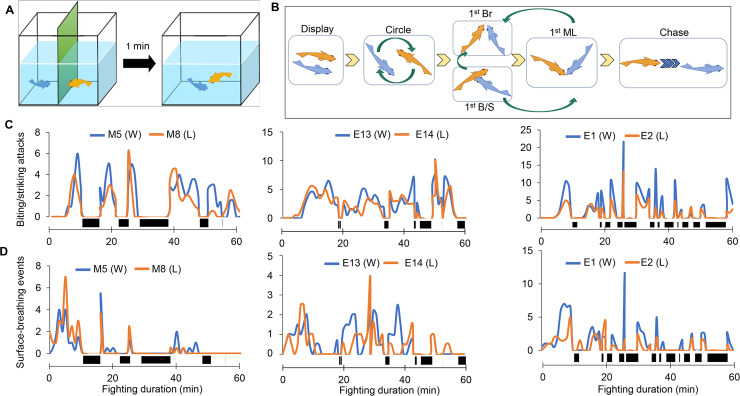Fig 1. Schematic representation and behavioral synchronization.
(A) Setup of the fighting experiment. (B) Schematic illustration of dynamic fighting behaviors between two male fish. The fighting duration and the first occurrence of each specific behavior are recorded. Abbreviations: Br, surface-breathing event; B–S, biting and striking attack; and ML, mouth-locking. (C) Behavioral differences among all fighting pairs with respect to biting/striking attack frequency. (D) Behavioral differences among all fighting pairs with respect to surface-breathing frequency. Behavioral analysis of two opponents in a pair; the data were obtained from three pairs, M5 vs. M8, E13 vs. E14, and E1 vs. E2 with respect to biting/striking attacks and surface-breathing events. Blue lines indicate the frequencies of behaviors of the ultimate winner, and dark-yellow lines indicate those of the ultimate loser in a fighting pair. Black bars indicate mouth-locking events and durations, during which biting/striking and surface-breathing behaviors are restricted, n = 6.

